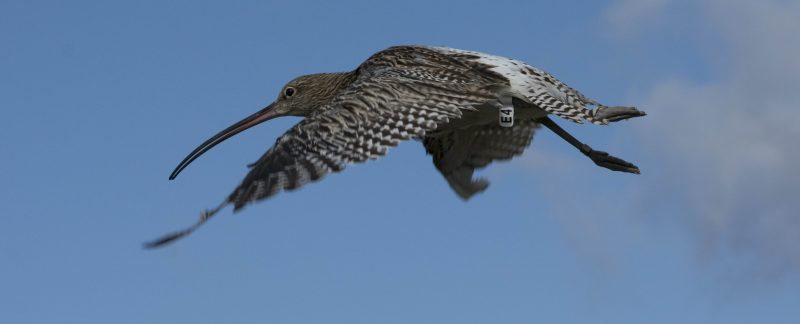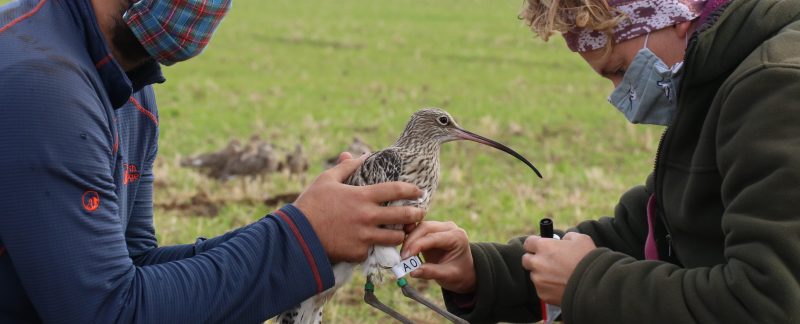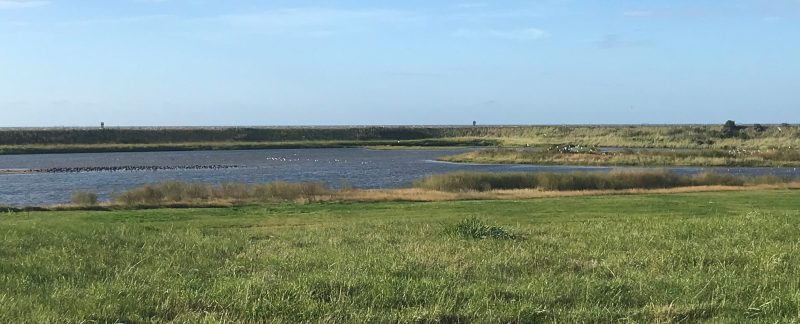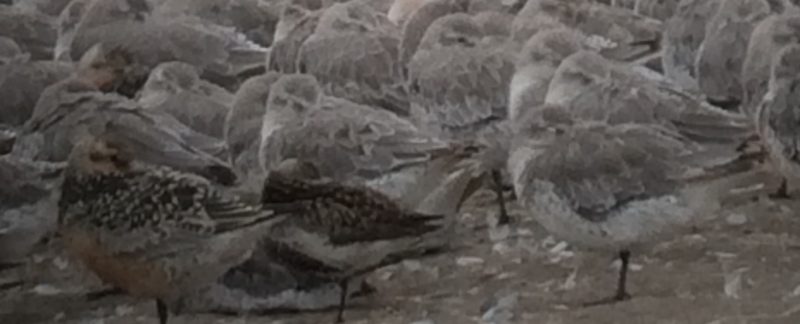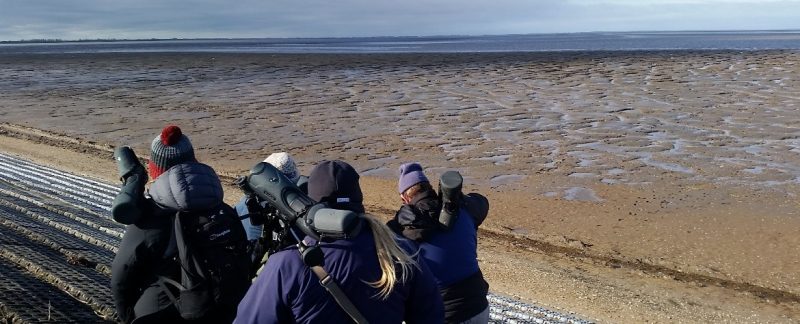Curlew use the Wash both as a passage site to moult during autumn and as a wintering location. On a global scale, they are ‘Near Threatened’ i.e. vulnerable to extinction and they are present in Internationally important numbers on the Wash. Declines in the UK breeding population have placed Curlew in the highest category of UK bird conservation concern; therefore, the species is a priority for the group in terms of long-term conservation monitoring. We started to mark a proportion of the population on the eastern shore of the Wash with unique leg flags in 2012. This allows us to accurately determine their survival and assess wintering habitat use.
Since then, a total of 478 birds have been marked and we have had over 5,000 re-encounters recorded by over 200 WWRG volunteers and members of the public. We regularly dedicate fieldwork hours to ensure we have sufficient resightings to determine survival and winter distribution. This steady stream of data has started to be used in scientific publications to describe the east Wash Curlew population. This blog is a summary of what we have learnt so far.
Continue Reading →
